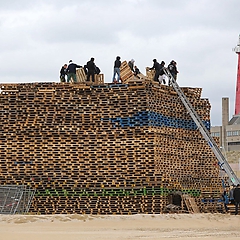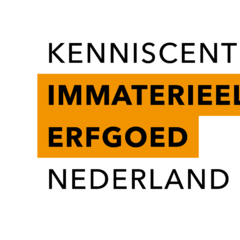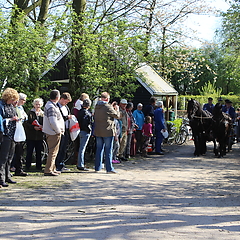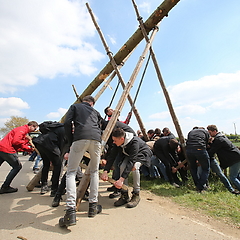On the first Sunday after Pentecost, Holy Trinity Sunday, a colourful procession passes the centre of Boxtel. The heart of it all is the shrine with the Holy Blood cloth. According to the legend, wine had been spilled on this cloth that had become blood of Christ during the consecration in the Holy Mass. The procession consists of groups that depict various parts of the story and the church. On the morning of the procession first of all a solemn Holy Mass is read, while the Holy Blood cloth is shown to the churchgoers. The procession itself starts at 3 PM and moves through the centre, to finish at the grand parish church of St. Peter. In the week, prior to the Holy Blood Procession, a so-called ‘Blood Miracle Evening’ is held in the knights’ hall of Stapelen Castle in Boxtel. In presentations, lectures and music the contemporary significance of worshipping the Blood cloths is highlighted.



